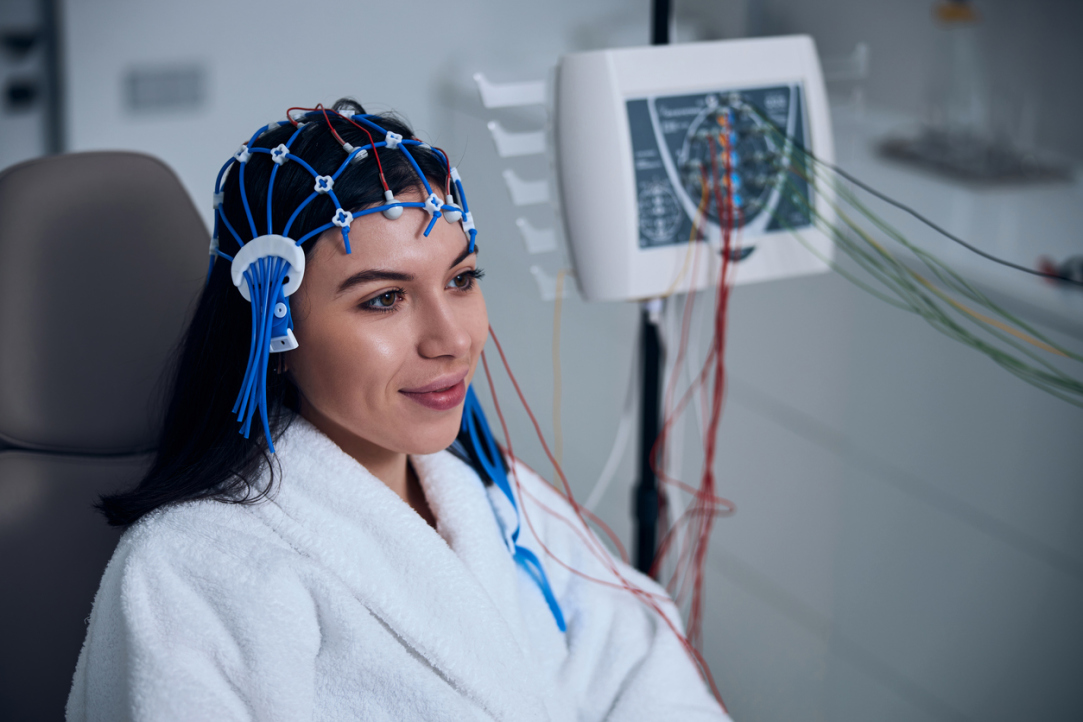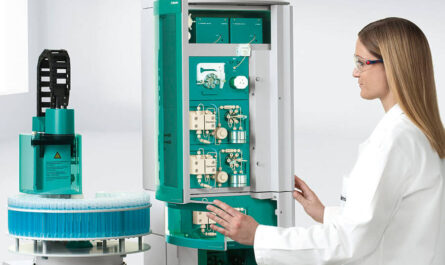The human brain is perhaps the most complex organ in the entire human body. Even after decades of research, there is still so much about the brain that remains unknown and undiscovered. However, one technique that has provided invaluable insights into brain activity is electroencephalography or EEG.
Introduction to Electroencephalography
Electroencephalography or EEG is a medical testing method that measures and records the electrical activity of the brain using small metal discs called electrodes placed on the scalp. Hans Berger, a German psychiatrist and neurologist, is credited with developing EEG and being the first to record human brain waves in 1929. Initially met with skepticism, his work paved the way for EEG to be recognized as a fundamental tool for neurology. Since then, EEG has undergone immense advancements and is now routinely used for diagnosis and research purposes worldwide.
How does EEG Work?
EEG works on the principle that neurons in the brain communicate via electrical and chemical signals. When neurons are active, small electrical changes occur on their cell membranes which can be detected on the scalp surface. The electrodes placed on the scalp pick up these tiny electrical potentials and transmit them to an EEG machine which amplifies and records the brain waves. Different patterns of waves are generated based on the location and synchronization of neuronal activity in different brain regions. By analyzing these EEG patterns, neurologists can determine if the brain is functioning normally or detect any abnormalities.
What do EEG Recordings Reveal?
Electroencephalographs recordings provide insights into the underlying electrical activity produced by the brain’s cortex – the outermost layer of the brain that plays a key role in functions like sensory perception, consciousness, language and memory. There are different types of brain waves that serve distinct purposes:
– Delta waves (0.5-4 Hz) occur during deep sleep.
– Theta waves (4-8 Hz) are linked to drowsiness, deep meditation and learning.
– Alpha waves (8-12 Hz) dominate when a person is relaxed yet awake with eyes closed.
– Beta waves (12-30 Hz) appear when the brain is alert, active, engaged in cognitive tasks and processing sensory stimuli.
– Gamma waves (>30 Hz) indicate high cognition, memory processing and decision making.
By identifying the predominant waves, EEG helps detect abnormalities or assess brain function during various mental states, activities or under medical conditions.
Clinical Applications of EEG
Given its non-invasive nature and ability to directly measure brain activity, EEG has many important clinical applications:
– Diagnosis of epilepsy – EEG is the gold standard test to detect seizure activity, epilepsy type and localization of seizure focus.
– Detection of brain tumors – Slow waves or abnormal patterns may indicate the presence and location of brain tumors.
– Stroke evaluation – EEG can reveal abnormalities caused by reduced blood flow during strokes.
– Sleep disorders – EEG combined with polysomnography aids diagnosis of sleep disorders like insomnia.
– Head injuries – Abnormalities on EEG help assess severity of concussions and traumatic brain injuries.
– Dementia screening – Periodic EEG may detect worsening patterns in dementias like Alzheimer’s disease.
– Pre-surgical planning – EEG helps surgeons map eloquent brain areas to avoid critical regions during epilepsy surgery.
With further advances, EEG is finding new applications in areas like brain-computer interfaces, neurofeedback therapy and more.
The Future of Electroencephalography
While conventional EEG using disc electrodes provides valuable data, recent advancements are making EEG even more powerful. High-density EEG systems with numerous electrodes provide finely detailed maps of brain activity. Wireless, portable EEG devices allow for ambulatory monitoring outside clinical settings. Combined with other techniques like MRI, MEG and PET, multi-modal neuroimaging is enhancing our ability to correlate structure and function in the living human brain. Newer analytical approaches like machine learning are enabling automated EEG interpretation. Ultimately, technologies like dry, implantable or even nano-electronic EEG systems promise to revolutionize our understanding of neurological conditions and cognitive functions through continuous, long-term monitoring of the brain in action. The future of EEG looks brighter than ever before as we approachunlocking the full secrets of our most complex biological wonder – the human brain.
*Note:
1. Source: Coherent Market Insights, Public sources, Desk research
2. We have leveraged AI tools to mine information and compile it



